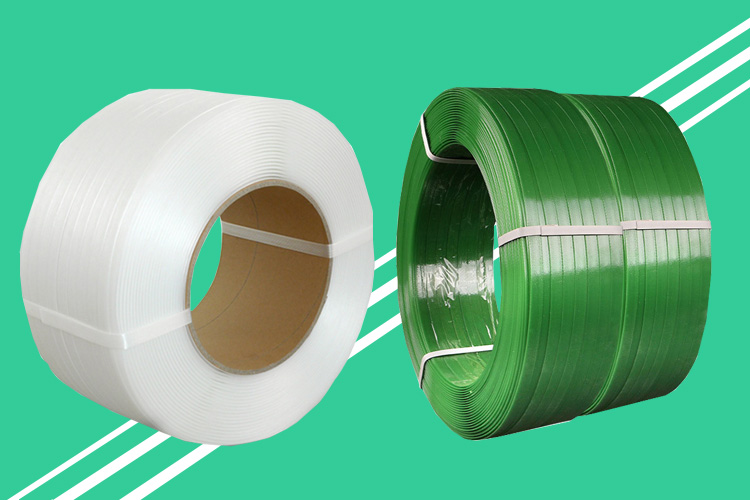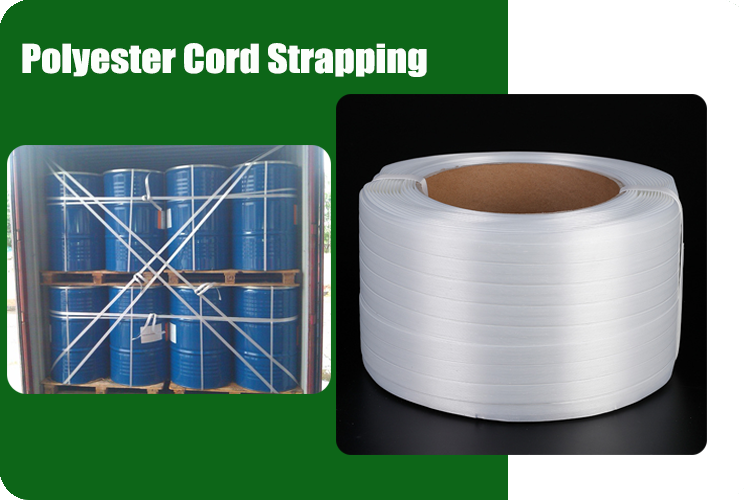Pneumatic Strapping Tool is good

What is a Pneumatic Strapping Tool?
Pneumatic strapping tool, which is a mechanical tool, is often used for fast strapping, sealing and cutting packaging materials, such as plastic straps or steel straps. Pneumatic strapping tools can reduce labor intensity and improve work efficiency, and are widely used in logistics, transportation, production and other fields.
What types of pneumatic strapping tools do you learn?
There are many different types of pneumatic strapping tools, including handheld and desktop, and can also be divided into hot-melt, cold-press and steel buckle according to the sealing method. When choosing a model, it is necessary to consider factors such as the type and specification of the items to be bundled, the frequency of bundling, and the occasion for bundling. For example, for needs such as express delivery and logistics industries that require frequent movement, you can choose handheld pneumatic strapping tools; for fixed places such as production workshops and warehouses, you can choose desktop pneumatic strapping tools. For the binding of different types of articles, it is necessary to choose a pneumatic binding tool of the corresponding specification.
What are examples of strapping?
Examples of strapping include using a nylon or steel strap to secure packages or pallets for shipping or storage purposes, using athletic tape or kinesiology tape to support or protect joints during sports or physical activities, and using adhesive strips to secure bandages or splints to a wound or injury. Strapping can also refer to the act of binding or fastening something with a strap or band.
Why choose the pneumatic strapping tool?
Speed: Pneumatic strapping tools can apply straps quickly and efficiently, which allows for faster packaging times and increased productivity. This makes them ideal for high-volume operations where speed is important.
Consistency: Unlike manual methods that may vary depending on the operator’s skill level, pneumatic strapping tools provide consistent strap tension every time. This helps ensure reliable package closure without damaging contents.
Efficiency: Strapping by hand can be physically demanding and lead to fatigue, while pneumatic tools require minimal effort from operators, resulting in less physical exertion and reduced risk of injury.
Versatility: Some models of pneumatic strapping tools have adjustable settings to accommodate different strap widths, tensions, and materials, making them versatile enough to handle a range of applications.
Cost Savings: While initial investment in a pneumatic strapping tool might be higher than manual options, cost savings come into play over time through increased efficiency, less material waste, and lower operating expenses related to employee injuries or absenteeism due to repetitive motion tasks. Additionally, many businesses find that the return on investment comes quite rapidly from the improved operational performance that results from using more efficient equipment.
Ergonomics: Properly maintained pneumatic strapping tools offer safe operation, which can reduce musculoskeletal disorders (MSD) like carpal tunnel syndrome caused by repeated wrist movements and grip pressure when handling handheld devices like sealing dispensers with cutters for taping boxes.
How to use the pneumatic strapping tool?
Using a pneumatic strapping tool involves these basic steps:
- Choose your strap and secure one end to the applicator head of the tool. Note that some pneumatic strapping guns require specific types of straps or spools designed for compatibility. So make sure you are following manufacturer guidelines.
- Load the appropriate size strap onto the gun if required. This depends on both the model and strapping used but is usually very quick and easy.
- Secure the product you wish to close to a solid surface, ensuring there is no movement during application. You want to minimize any potential shifting that could affect tightness and safety of the finished bundle after the strapping. If necessary, clamp items together with other fixtures for maximum stability.
- Position the strapping gun over the area. It needs closing and pull the trigger to release the tensioned band around the item(s). Take note of how far away from the object should be set before pulling the trigger. This distance varies based on the type of machine but typically ranges between 6mm – 25 mm . But check your manual for detailed instructions. Hold down any loose ends or parts to prevent tangling during deployment. Afterward, reposition the gun for each consecutive pass until completing the desired number of wraps. For most items, three or four passes horizontally across all corners are sufficient. Though bulkier objects may need upwards of six or eight layers depending on thickness or weight distribution within the carton. Make sure none of the strapping overlaps itself, especially at joins, to maintain even tension.
- Cut off excess tail from the final wrap. Making sure not to accidentally damage already applied strapping bands or nearby surfaces . In case your machine uses hot knife cutting technology. Be cautious of sparks with electrician present.
Why Choose Us?
- Your can questions or inquiries .
- Sincere and dedicated salespeople.
- Good communication skills in English.
- We protect your information.
- Timely delivery.
- Good after-sales service.
Our Website
http://www.compositecordstrap.com
Click to visit to learn more products

Pneumatic Strapping Tool for Cord Strapping
- Lightweight body
- High precision
- Reliable performance
- High quality body
- Strong alloy cutter
- Deep tooth plate
- High quality tensioner






